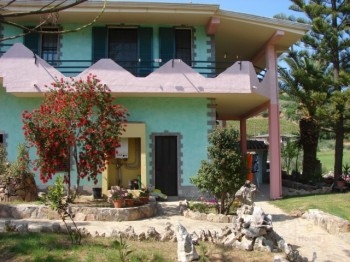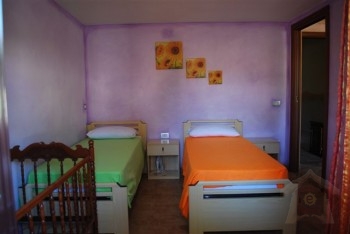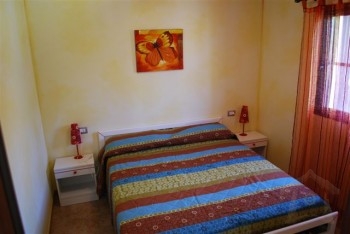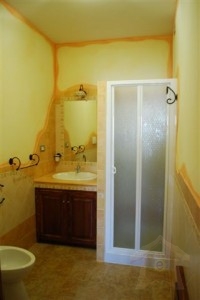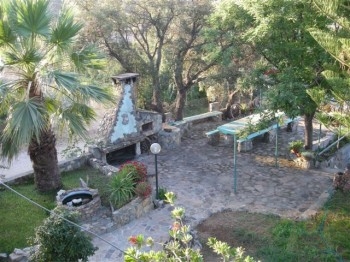Dotted along the coastline of Sardinia, the protected marine areas are under the governance of the natural heritage trust, numbering among the European sites of natural beauty and keeping an unaltered ecosystem to be explored and discovered.
Among these marine areas, of particular interest is that of Capocaccia, Isola Piana, which extends along the coast of the Alghero area, in the north-west of the region, dominated by this huge limestone peninsula of Capocaccia, that joins the coast from Punta Cristallo to Capo Galera, overlooking a sea of rare transparency.
The area of the Sinis peninsula, in the Oristano territory, offers a sequence of bright sandy beaches, white escarpments, and slivery reflections from the granite stones of the Island of Mal di Ventre. Whereas those who want to lose themselves in the midst of a wild and harsh nature, need look no further than the marine area of Orosei, on the east coast of the region, the ideal place with its multitude of caves and inlets.
Heading southwards down the coast, we find the marine area of Capo Carbonara, at the south-east corner of Sardinia, where cliffs, promontories and well-served beaches alternate. The protected area of Tavolara extends to the north-west, not far from the Emerald Coast; here the area is dominated by the mighty isle of Tavolara, a huge limestone bastion, over 560 metres high, a Mecca not only for ramblers and climbers, but also for cinema buffs seeing as it is the site of an annual international festival.
Cardedu was established after the flood at Gairo in 1951, at first part of Gairo and then, in 1984, it became a Comune in its own right. The Comune extends for 2000 hectares, with centuries-old woods with unique flora and fauna, forming an area of exceptional natural beauty around Monte Ferru (875 m amsl). Along the coast, there\'s a succession of sandy inlets, rocks, stones and red porphyry, to make a varied and unspoilt landscape.
There aren\'t historic monuments, given the relatively recent formation of the comune, but there are archaeological sites, such as nuraghi, Domus de Janas, a sacred well (Su Presoneddu). As in the past, agriculture is an important sector, producing typical produce such as: oranges, peaches, grapes (and therefore wine), honey, cheese, casu e fitta, casu agedu and milk. The gastronomic specialities are culurgiones, gattò and amaretti.

 Property Type :
Apartment
Property Type :
Apartment  2 Bedrooms
2 Bedrooms 1 Bathroom
1 Bathroom  2 to
4 Sleeps
2 to
4 Sleeps 